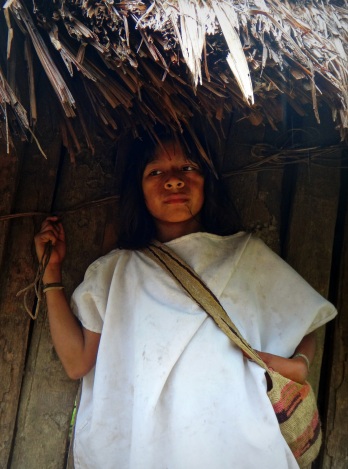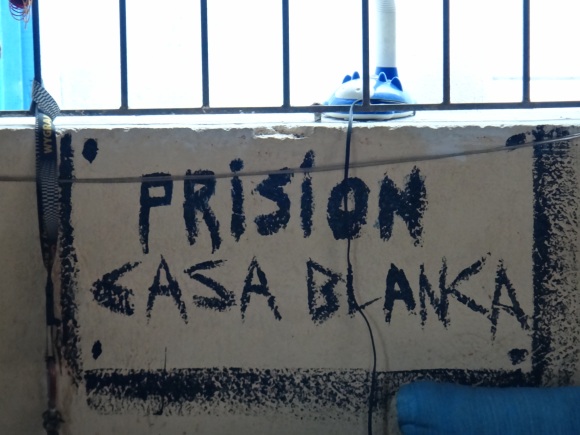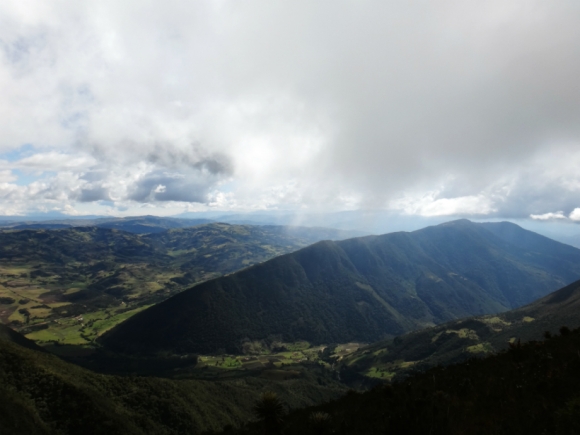Sierra Nevada de Santa Marta: Part 2 – La Finca de Santiago
Kinga invited me to a very off-the-beaten-track place, the farm of the late María Teresa Hincapié, a famous Colombian performance artist. It is now owned by her son, Santiago.
Inspired by his mother, Santiago follows the Kogi indigenous spiritual path. He was not born Kogi. He is a rare Colombian who has adopted the ways of the indigenous people his ancestors nearly destroyed. He chews coca leaves much of the day, using it as a sacred plant. His teeth are darkly discoloured from it, and he sleeps only two hours a night. Always with him is his wooden poporo, the container that all Kogi men are given when they pass into adulthood. It holds a white lime powder made from sea shells, which works synergistically with the coca leaf.
His farm is a place of spiritual development. Yagé (ayahuasca) ceremonies are held there. They have also held ceremonies with magic mushrooms, LSD, peyote, and san pedro. It is a place of meditation, yoga, music, and, above all, hard work on the farm.
I do not yet understand his spiritual work with the poporo. Personally, I am not drawn to the coca leaf. I am more interested in psychedelic sacred medicines such as yagé. But Santiago explained to me why he prefers the poporo. Yagé opens a door to enlightenment very quickly, he explained, but then the door can close just as quickly. With the poporo, he said, the door is opened slowly and gradually, but it never closes.
The farm was not a comfortable place for me. I have had a headache for six days. I needed rest after the Lost City trek, and the farm was not a place for me to rest.
And yet it was paradise, at times. The two days that I was there, Kinga and I went down to the river in the morning. We danced slow, meditative contact improv, naked in the river in the middle of the jungle.
And Kinga gave me one of the most beautiful gifts I have ever received. It is a necklace made of quartz and a piece of the ayahuasca vine, crafted for me by a boy from the amazon who had been visiting the farm. I often find myself reaching up to hold the ayahuasca. It helps me to ground me.
I had an opportunity to take part in a yagé ceremony on the farm, but, for the second time on this trip, it did not feel like the right time or place. I see wisdom in Santiago’s approach to spiritual growth. Instead of taking yagé, I will meditate a little every day. Try to open the door more slowly.







